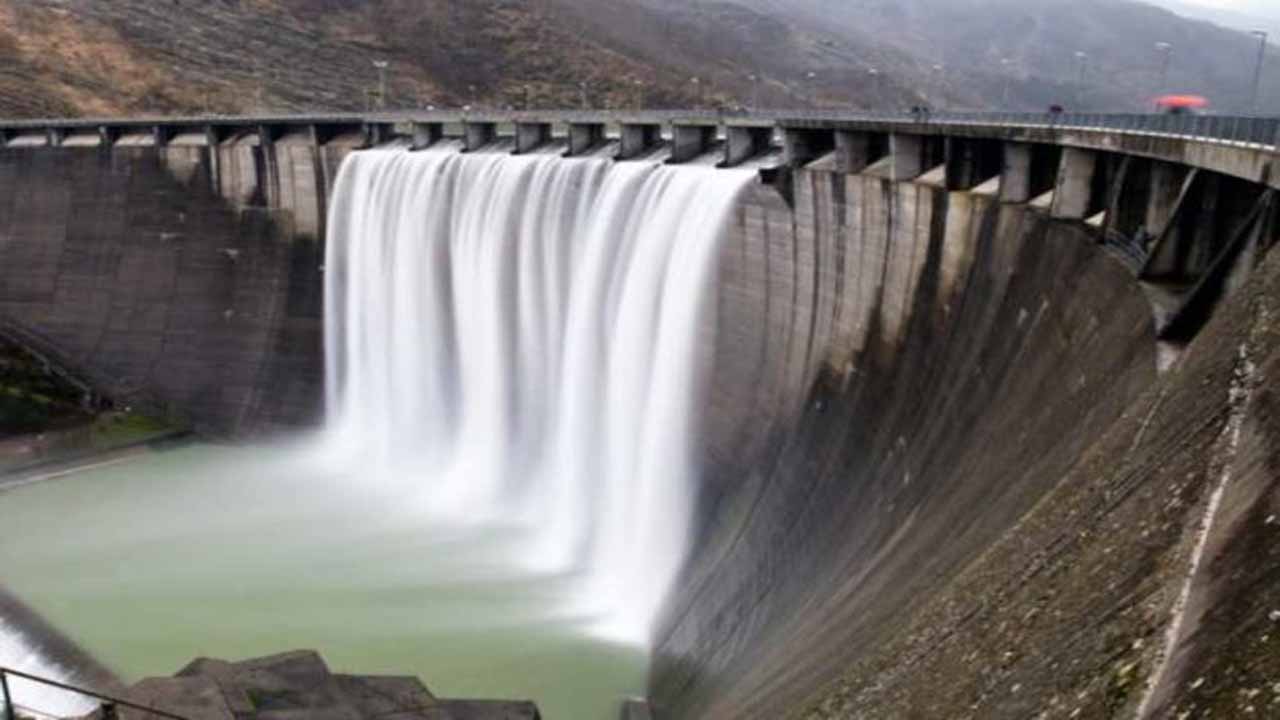ISLAMABAD, Pakistan – The Water and Power Development Authority (WAPDA) has accelerated the construction of 12 small and medium dams around the country, intending to increase renewable energy output, water availability, and climate resilience.
According to government sources, the dams were dual-purpose projects that were meant to retain rain and floodwater as well as generate electricity in all of the country’s federating units.
He added that the Winder Dam project, which would generate 0.3 megawatts (MW) of energy and store 0.036 million acre-feet (MAF) of water, Naulong Dam, which would generate 4.4MW of power and store 0.20MAF of water, Hingol Dam, which would generate 1MW of electricity and 1.41MAF of water storage, Garuk Dam, which would generate 0.3MW of energy and 0.05MAF of water storage, and Pelar Dam, which would generate The Nai Gaj Dam in Sindh is anticipated to create 4.2MW of electricity and hold 0.30MAF of water after completion, while the Darawat Dam is expected to produce 0.45MW of energy and store 0.12MAF of water.
Dams will aid in the resolution of water and energy difficulties, the jobs creation in local communities, and the initiation of tourist and business opportunities.
The WAPDA has also begun construction on many small and medium dams in Khyber Pukhton Khawa, including the Kurram Tangi Dam, which has an 83.4MW hydropower potential and 1.2MAF water storage capacity, the Tank Zam Dam, which has a 25.5MW power generation capacity and 0.345MAF water storage capacity, and the Daraban Zam Dam, which will produce 0.75MW energy and 0.069MAF water storage capacity.
The WAPDA official went on to say that the authority had begun work on several small dams in Punjab, including Ghabir Dam, which has a 0.15MW power production capacity and 0.066MAF water storage capacity, and Papin Dam, which has a 0.3MW power production capacity and 0.089MAF water storage capacity, both of which were in various stages of development. He explained that, in light of energy demands, project completion timelines, and funding availability, the authority has decided to expedite the completion of construction and development work on the projects.
Chiniot Dam will create 80MW of low-cost, environmentally sustainable power. The Chiniot Dam, which is located on the Chenab River 5 kilometers from Chiniot city and will generate 80 megawatts of affordable and environmentally beneficial power, will be finished by December 2022.
Chiniot Dam had a gross storage capacity of 0.90 million acre-feet (MAF) and a power generating capability of 80 megawatts, according to data (274 GWh). The Water and Power Development Authority (WAPDA), the project’s implementation agency, has accelerated development work on its many small and medium dams, bringing the project’s construction to a close. The government would provide Rs50 million through PSDP disbursements, while WAPDA will cover the remaining Rs 96.33 million from its resources. WAPDA conducted a feasibility study for the Chiniot Dam Project, which was completed in 2019. The PC-II Proforma for Detailed Engineering Design has been submitted to the Ministry of Water Resources (MoWR) for consideration at the DDWP meeting.
The PC-II Proforma has been authorized by the DDWP, subject to certain conditions, according to the statement. According to a WAPDA official, the project is important since it would assist provide daily water supply for Chiniot city, as well as create economic possibilities for residents to start fisheries projects and a tourist location for locals to enjoy. Small and medium dams are needed around the country to prevent major floods in places near rivers and areas with torrential terrain. The small dams would aid in the conservation of rainfall and floodwater, which would then be used for domestic and irrigation purposes.






